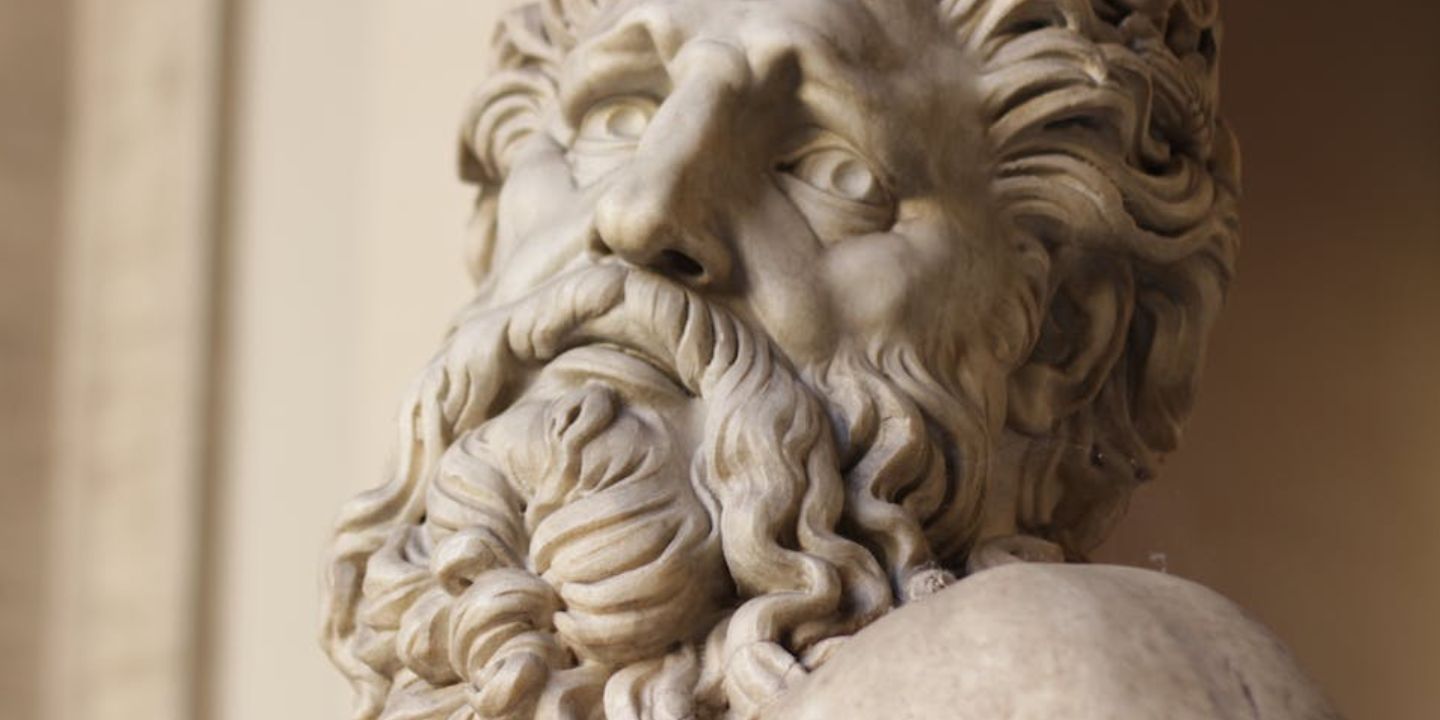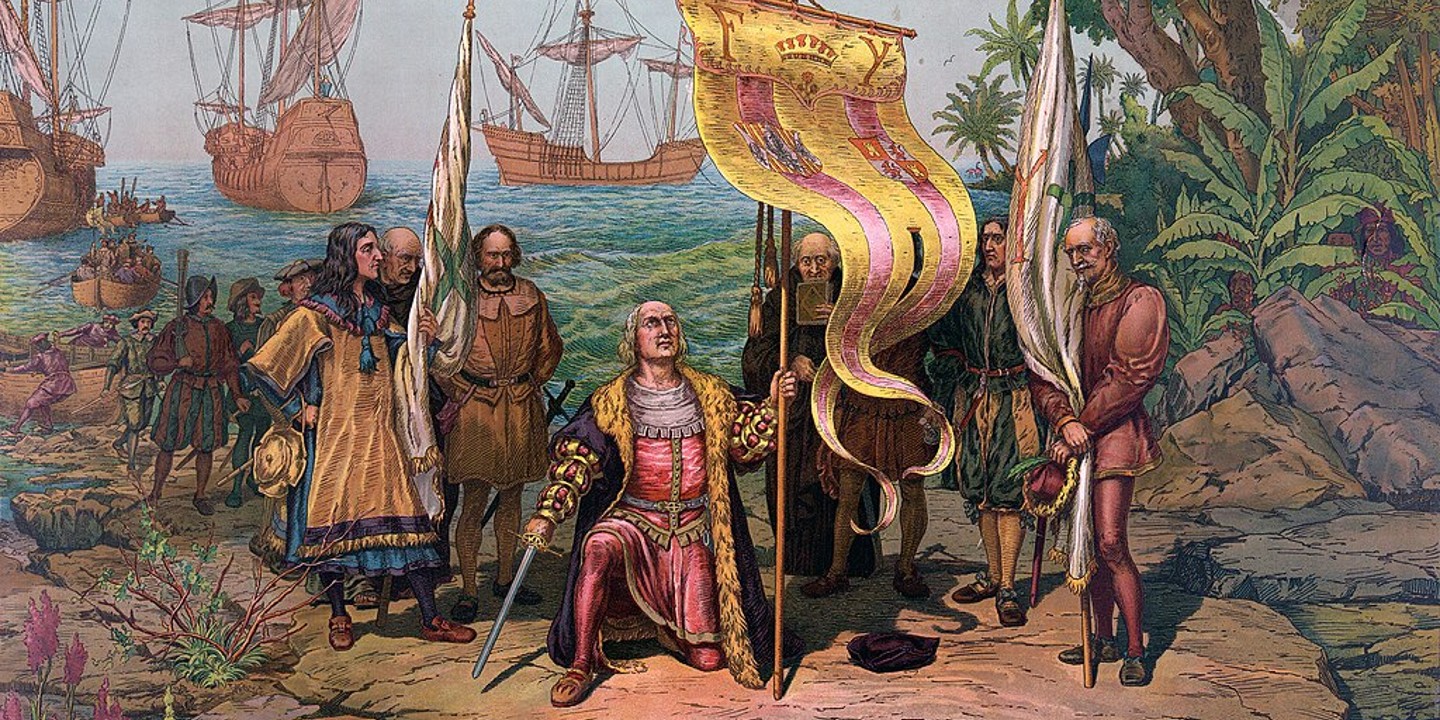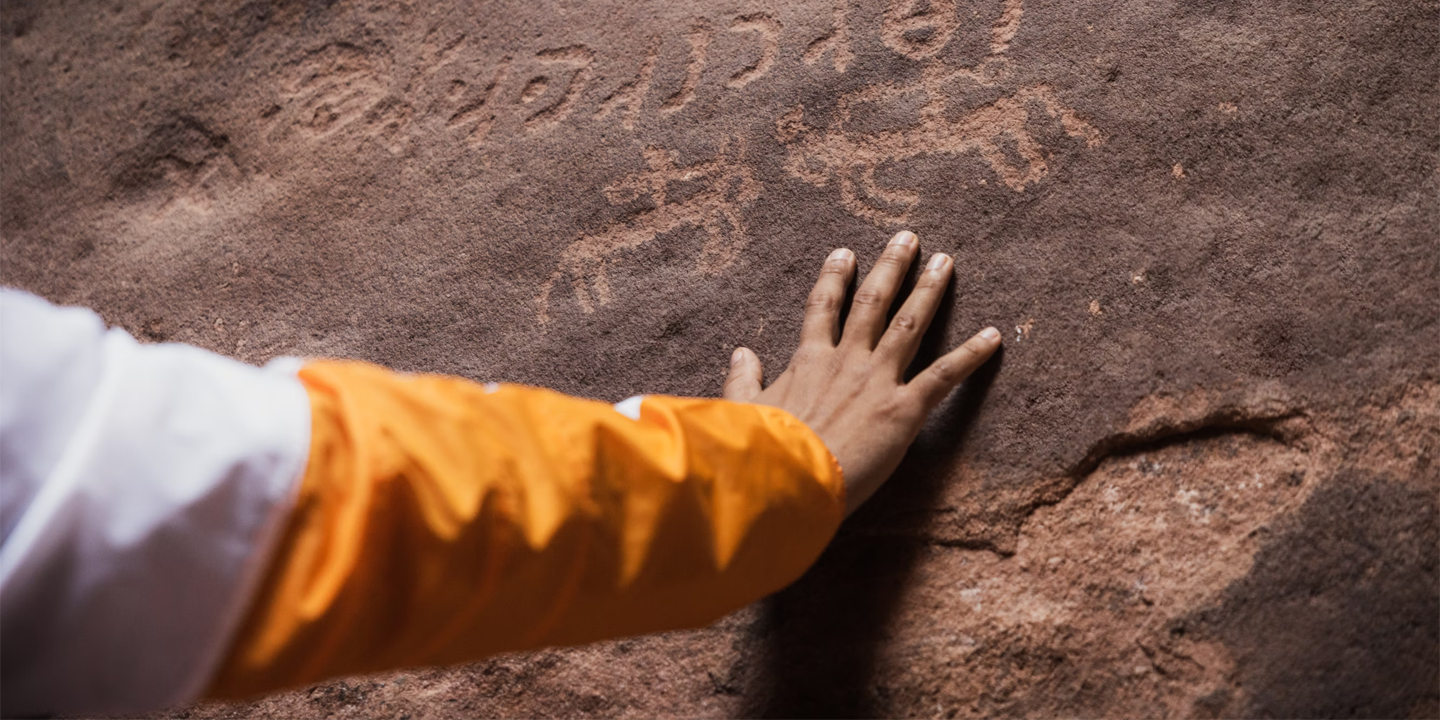History That Literally Stands Still
We see statues, admire them, take a photo, and move on. However, behind that stillness lies some serious history. The earliest storytellers and creative souls didn’t just hunt and gather—they sculpted. Crafted with bare hands and sharp tools, statues reveal how early humans made sense of their world—and made sure we’d never forget them. Let's take a close look at humanity's earliest masterpieces.
1. Venus Of Hohle Fels (ca. 40,000 BCE)
Carved around 40,000 BCE from mammoth ivory, the Venus of Hohle Fels is the oldest known human depiction. Discovered in Germany’s Swabian Jura, it features a headless form with a loop, ultimately hinting it may have been worn as a pendant.
2. Lion Man Of Hohlenstein-Stadel (40,000–35,000 BCE)
A human figure with the powerful head of a lion, carved with patience and precision from mammoth tusk roughly 38,000 years ago. That’s the Lion Man of Hohlenstein-Stadel—one of the earliest known zoomorphic sculptures.
3. Venus Of Dolni Vestonice (29,000–25,000 BCE)
If you’ve ever broken a ceramic plate and marveled at how fragile it is, imagine the awe in discovering a delicate clay sculpture made nearly 30,000 years ago. This statue is the earliest known ceramic sculpture.
 Miroslav Zachoval on Wikimedia
Miroslav Zachoval on Wikimedia
4. Venus Of Willendorf (28,000–25,000 BCE)
Sometimes, the most iconic treasures are the smallest. Unearthed in Austria in 1908 and standing just 4.4 inches tall, the Venus of Willendorf dates back to approximately 25,000 BCE. Covered in red ochre, she exudes a sense of fertility and abundance.
5. Venus Of Brassempouy (25,000 BCE)
Carved around 23,000 BCE out of ivory and found in France, the Venus of Brassempouy is the earliest known realistic representation of a human face. Her hair is rendered with remarkable intricacy, and her calm expression feels familiar.
6. Gobekli Tepe T-Shaped Pillars (9,600-8,200 BCE)
Predating Stonehenge, Gobekli Tepe in ancient Turkey features massive T-shaped pillars over 16 feet tall. Decorated with animal motifs and mysterious carvings, these monoliths are thought to be part of a ceremonial site.
7. Shigir Idol (9500 BCE)
Travel to the misty Ural Mountains of Russia, around 10,000 BCE, where the Shigir Idol once towered at nearly 9 feet. It’s the oldest known wooden sculpture, and its body is covered in mysterious coded carvings that archeologists are still trying to interpret.
 Vyacheslav Bukharov on Wikimedia
Vyacheslav Bukharov on Wikimedia
8. Urfa Man (9,000 BCE)
This limestone figure featuring haunting black obsidian eyes is believed to be the oldest life-sized statue ever found and was carved over 11,000 years ago in what is now Turkey. There's no extravagant detail, just a strong and silent face that somehow still manages to connect across millennia.
9. Ain Sakhri Lovers Figurine (~9000 BCE)
Proof that love really is ancient, the Ain Sakhri Lovers Figurine captures a moment of intimacy frozen in stone. Discovered near Bethlehem, the small sculpture shows an entwined couple—delicately abstract, but undeniably close.
10. Jericho Plaster Skulls (7200-8200 BCE)
In ancient Jericho, around 7000 BCE, people took human skulls, covered them in plaster, and added glass beads for eyes. While these plastered skulls may seem spooky at first glance, they are among the earliest portrait-like objects in history.
 Osama Shukir Muhammed Amin FRCP(Glasg) on Wikimedia
Osama Shukir Muhammed Amin FRCP(Glasg) on Wikimedia
11. Louvre's Bison Sculpture (7000 BCE)
The Bison Sculpture at the Louvre was carved from reindeer antler during the Magdalenian era and shows a bison in lifelike motion. This ancient piece reveals early humans’ skill in capturing movement and their strong bond with the natural world.
12. Ain Ghazal Statues (6750 BCE And 6570 BCE)
Archaeologists found the Ain Ghazal Statues hidden beneath the soil—some of the earliest large-scale human figures ever made. Found in two separate caches, they appear both real and strangely surreal. Their wide stares and serene presence feel strangely familiar.
13. Statue Of Djoser (Around 2670-2650 BCE)
Among Egypt’s sandy tombs, one of the earliest royal sculptures sits quietly: the Statue of Djoser. Found in Saqqara, this painted limestone figure wears a ceremonial robe and projects an aura of calm wisdom. You can almost picture mourners and priests entering the tomb.
14. Ram In A Thicket (2600-2400 BCE)
Travel back in time to the Sumerian city of Ur, where artists used gold, lapis lazuli, and shell to craft striking sculptures. One such luxurious piece may have evoked awe—and perhaps even echoes the well-known biblical story of the ram in the thicket.
 Nate Loper from Flagstaff, AZ, USA on Wikimedia
Nate Loper from Flagstaff, AZ, USA on Wikimedia
15. Khafre Enthroned (2550-2480 BCE)
Khafre Enthroned, carved out of tough diorite, stands as a powerful symbol of royal authority. The falcon god Horus sits just behind his head, a divine presence that likely inspired both awe and respect.
16. Menkaure And Queen (2490-2472 BCE)
That dual portrait of King Menkaure and his queen isn’t just stone—it’s a relationship goal from ancient Egypt. Carved from greywacke, the statue is all about unity and strength. The pair strides forward in unison, ultimately exuding both intimacy and regality.
17. Statue Of Ebih-Il (~2400 BCE)
In the ancient city of Syria, the alabaster statue of Ebih-Il sits with finely carved features and shell-and-lapis eyes that seem almost alive. His detailed beard and composed posture reflect the significance of devotion and status in early Mesopotamian art.
18. Lady Of Auxerre (640-630 BCE)
This is a throwback to ancient Crete, where Greek artistry first began to break the rigid molds of the past. Standing just under 30 inches tall, the Lady of Auxerre is commanding with her stylized hair and geometric dress. Though small, she radiates a bold individuality.
19. Bronze Fangxiangshi Guardian (794-1185 CE)
Mystery and spirituality converge in the bronze Fangxiangshi Guardian of ancient China. It was meant to offer powerful protection through the afterlife. With a fearsome expression designed to repel evil, the rare statue safeguarded the dead from restless spirits.
 Guillaume Jacquet on Wikimedia
Guillaume Jacquet on Wikimedia
20. Moai Statues Of Easter Island (Began ~1100 CE)
Towering anywhere from 10 to 20 feet in height, these volcanic stone giants were crafted by the Rapa Nui people and scattered across their remote island home. Over 900 of them exist, many with solemn expressions and some topped with curious ceremonial hats called pukao.
KEEP ON READING

The 20 Most Recognized Historical Figures Of All Time
The Biggest Names In History. Although the Earth has been…
By Cathy Liu Oct 4, 2024
10 of the Shortest Wars in History & 10 of…
Wars: Longest and Shortest. Throughout history, wars have varied dramatically…
By Emilie Richardson-Dupuis Oct 7, 2024
10 Fascinating Facts About Ancient Greece You Can Appreciate &…
Once Upon A Time Lived Some Ancient Weirdos.... Greece is…
By Megan Wickens Oct 7, 2024
20 Lesser-Known Facts About Christopher Columbus You Don't Learn In…
In 1492, He Sailed The Ocean Blue. Christopher Columbus is…
By Emilie Richardson-Dupuis Oct 9, 2024
20 Historical Landmarks That Have The Craziest Conspiracy Theories
Unsolved Mysteries Of Ancient Places . When there's not enough evidence…
By Megan Wickens Oct 9, 2024
The 20 Craziest Inventions & Discoveries Made During Ancient Times
Crazy Ancient Inventions . While we're busy making big advancements in…
By Cathy Liu Oct 9, 2024
















